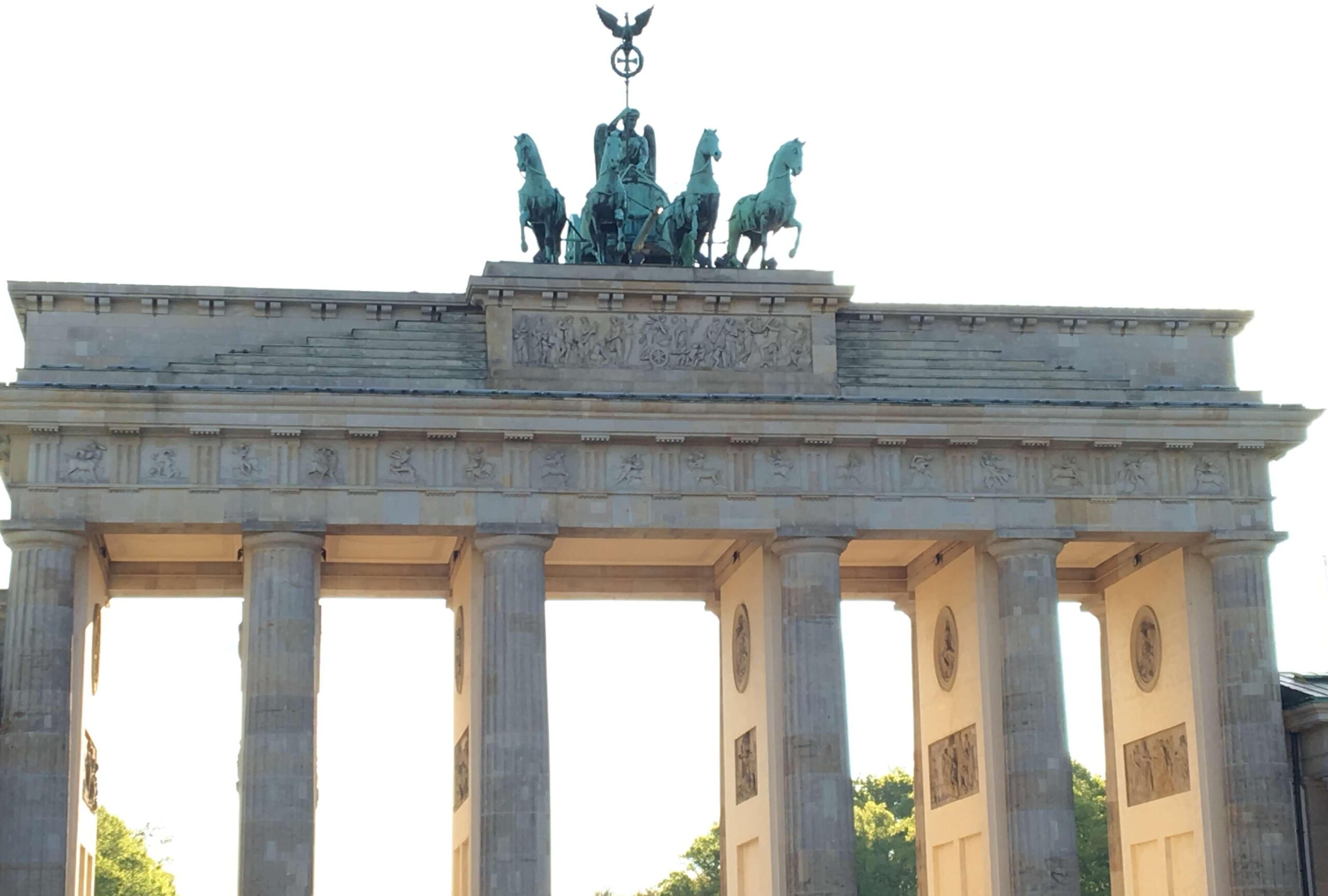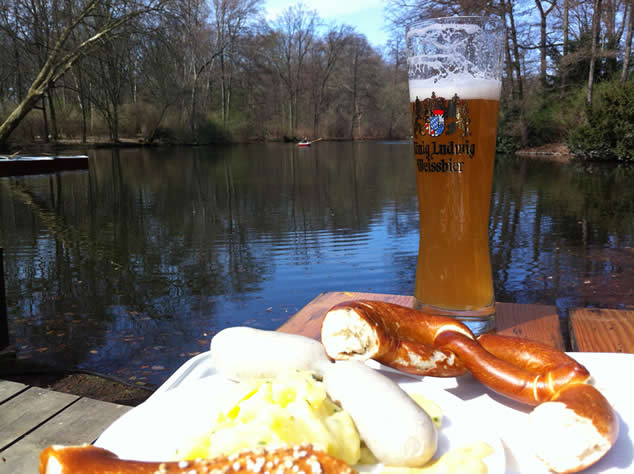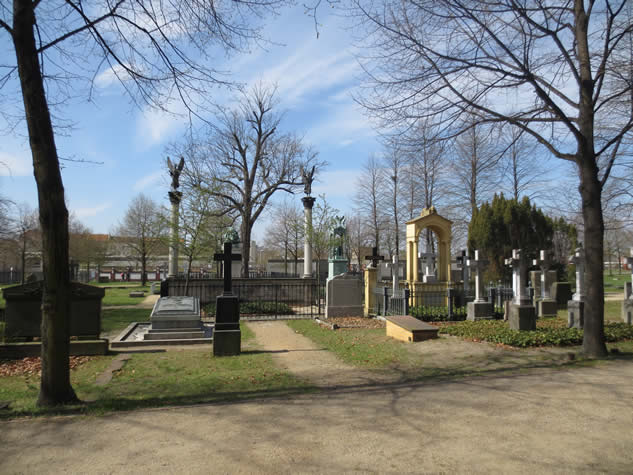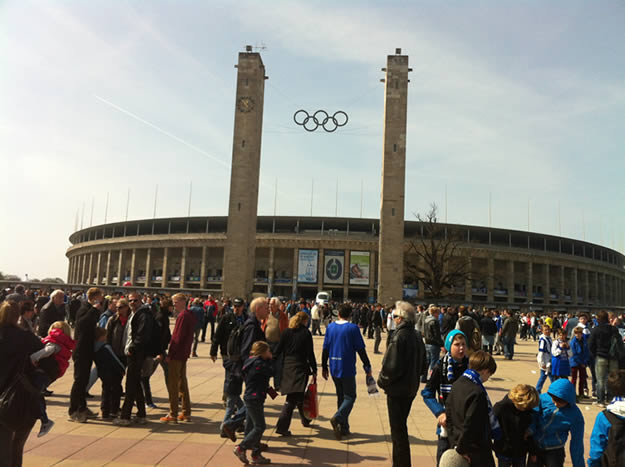
This was my first visit to a German city since my trip to Munich back in 2012. After a 90-minute delay at O’Hare Airport due to thunderstorms, I finally landed in Düsseldorf and barely made my connecting flight to Berlin. Unfortunately, my luggage didn’t make it with me, and several other passengers were in the same situation.
At Berlin Tegel Airport, the Guest Services team assured us that our luggage would be found and delivered to our hotels that evening. Thankfully, they kept their promise, and my suitcase arrived that night at my hotel—the H2 Hotel in Alexanderplatz, which turned out to be a fantastic choice.
When planning where to stay in Berlin, I recommend choosing your hotel location carefully. The city is huge, and you’ll want to be near convenient public transport. The H2 Hotel was just steps away from the subway and within walking distance of many top Berlin attractions.

Exploring Berlin’s History: The Topography of Terror & Third Reich Tour
My first stop in Berlin was the Topography of Terror, located at the former Gestapo headquarters. The outdoor exhibit showcases the excavated remains of Nazi torture cells, while the indoor museum features powerful exhibits on the Nazi regime and its crimes. I spent nearly three hours exploring it—it’s a must-see for any history lover.
The next day, I joined the Third Reich Bike Tour by Fat Tire Bike Tours. Our Australian guide led us through Berlin’s historic sites, including:
- The old Jewish quarter, where bullet holes and memorial plaques mark the dark legacy of WWII.
- Bebelplatz, the site of the infamous Nazi book burnings.
- The Memorial to the Murdered Jews of Europe, a haunting maze of over 2,100 concrete slabs.
- The Bendlerblock, where Claus von Stauffenberg planned his failed assassination attempt on Hitler.
- The location of Hitler’s bunker, now just a parking lot but filled with historical context through maps and stories.

After the tour, I grabbed dinner at the Hofbräuhaus Berlin (yes, the Munich classic has a Berlin location!) and later joined the Berlin Anti Pub Crawl—an unforgettable night of bar-hopping, techno clubs, and new international friends.
A Day in Tiergarten and Around Brandenburg Gate
The following morning, I visited Tiergarten, Berlin’s massive central park filled with statues, lakes, and beer gardens. I climbed the Victory Column for stunning panoramic views, had lunch at Café am Neuen See, and enjoyed a scenic walk down Tiergarten Street.

From there, I headed to the Brandenburg Gate, the heart of Berlin’s tourist scene. Street performers, horse carriages, souvenir shops, and travelers from all over the world fill the square—it’s electric!
Strolling down Unter den Linden Boulevard, I stopped at small shops and visited the Berlin History Museum, followed by the famous Museum Island, home to five of Berlin’s best museums:
- Altes Museum
- Neues Museum
- Alte Nationalgalerie
- Bode Museum
- Pergamon Museum

At the Pergamon Museum, the ancient architecture—like the Market Gate of Miletus—was jaw-dropping. Later, I explored the German History Museum, which offers a deep dive into Germany’s past from World War I through the Cold War.
Visiting the Invaliden Cemetery & Olympic Stadium
As someone fascinated by WWII history, I made time to visit Invaliden Cemetery, one of Berlin’s oldest burial grounds. There, I located the unmarked grave of Reinhard Heydrich and graves of other notable German figures.

That evening, I took a train to the Olympic Stadium to watch a soccer match between Hertha Berlin FC and SV Sandhausen. Beyond the football excitement, the stadium itself—built for the 1936 Olympics—is a powerful historical site that survived WWII nearly intact.

Going Underground: Berlin’s WWII Bunkers
On my final day in Berlin, I toured a preserved WWII bunker with the Berlin Underworlds Association. The tour, called “Dark Worlds,” reveals how civilians sheltered underground during Allied bombings.
Inside, I saw original artifacts like gas masks, old luggage, and glow-in-the-dark paint that once guided residents in the dark. The stories of survival were humbling and haunting.
After the tour, I relaxed in Humboldthain Park, enjoyed the best doner kebab I’ve ever had, and climbed the rubble hill that once held flak guns during the war—now offering one of Berlin’s best city views.

Final Thoughts: Why Berlin Is My Favorite German City
If you’re passionate about World War II history, Berlin is a city you simply must visit. Beyond its historical significance, Berlin offers vibrant nightlife, museums, art, and culture unlike anywhere else in Europe.
From its tragic past to its thriving modern spirit, Berlin has an energy that’s both sobering and inspiring. For me, it remains my favorite German city—a place that truly has it all.

